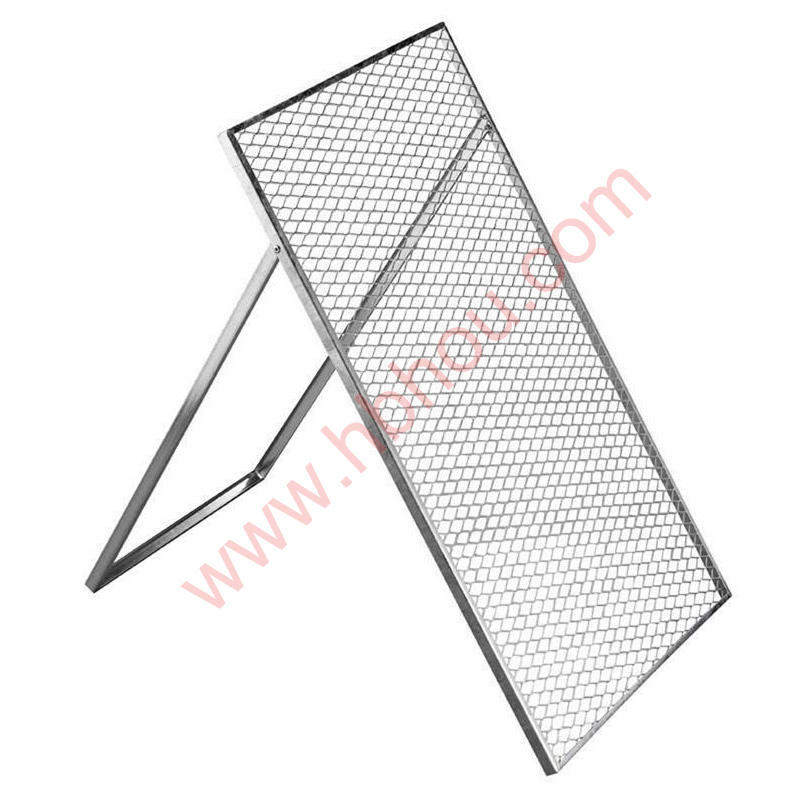Earth Anchors for Sheds A Guide to Stability and Safety
When it comes to outdoor structures such as sheds, ensuring stability and safety is of paramount importance. One often-overlooked yet crucial component in achieving this is the use of earth anchors. These simple but effective devices can significantly enhance the durability and longevity of your shed, particularly in regions that experience extreme weather conditions.
What Are Earth Anchors?
Earth anchors, also known as ground anchors or soil anchors, are devices used to secure structures to the ground. They are designed to transfer the load of the structure into the ground, effectively distributing weight and providing resistance against lateral forces like wind or shifting soil. Typically made from steel, these anchors come in various designs, including screw-in types, which can be easily installed with minimal equipment.
Why Use Earth Anchors for Your Shed?
1. Stability Against Wind Sheds are often more susceptible to wind forces due to their lightweight construction and larger surface area. Earth anchors provide additional resistance, ensuring that the shed remains upright and intact during storms or severe winds.
2. Preventing Uplift In areas prone to flooding or heavy rainfall, the risk of uplift increases. Earth anchors help secure the shed to prevent it from being lifted by rising waters.
3. Foundation Alternatives In locations with unstable soil or where pouring a concrete foundation may not be feasible, earth anchors offer an alternative method to stabilize your shed without the need for extensive groundwork.
4. Long-Term Durability By anchoring your shed to the ground, you reduce the risk of shifting over time. This minimizes the chance of damage to the structure itself and maintains its functionality for years to come.
How to Install Earth Anchors?
earth anchors for shed

1. Choose the Right Location Before installation, determine the best spot for your shed, considering factors like sunlight, drainage, and accessibility. Ensure the ground is relatively level to facilitate the anchoring process.
2. Select Suitable Earth Anchors Depending on the size and weight of your shed, select the appropriate type and number of anchors. For typical garden sheds, screw anchors or driven anchors are commonly used.
3. Preparing the Site Clear the area of any debris or obstacles that might impede the installation of the anchors. Mark the spots where you will install the anchors, typically located at each corner and in the middle of longer sides.
4. Install the Anchors Following manufacturer instructions, install the anchors into the ground. For screw anchors, use a manual or powered auger tool, ensuring they are buried deep enough to provide stability. For driven anchors, use a mallet or sledgehammer to drive them into the soil.
5. Attach the Shed Once the anchors are securely in place, attach cables or straps from the anchors to the shed frame. This connection is crucial for transferring the loads effectively.
Maintenance and Inspection
Regularly inspect the earth anchors and the connections to your shed. Look for signs of corrosion, loosening, or shifting. If you notice any issues, address them swiftly to maintain the security and integrity of your shed.
Conclusion
Incorporating earth anchors into your shed’s foundation plan can make a significant difference in its stability and safety. By employing earth anchors, you can safeguard your investment against the elements and prolong the life of your outdoor structure. Whether you're looking to store tools, equipment, or simply create a workspace, ensuring that your shed is firmly anchored will provide peace of mind for years to come. This simple addition is a sound investment that not only enhances performance but also secures your property’s value.
















